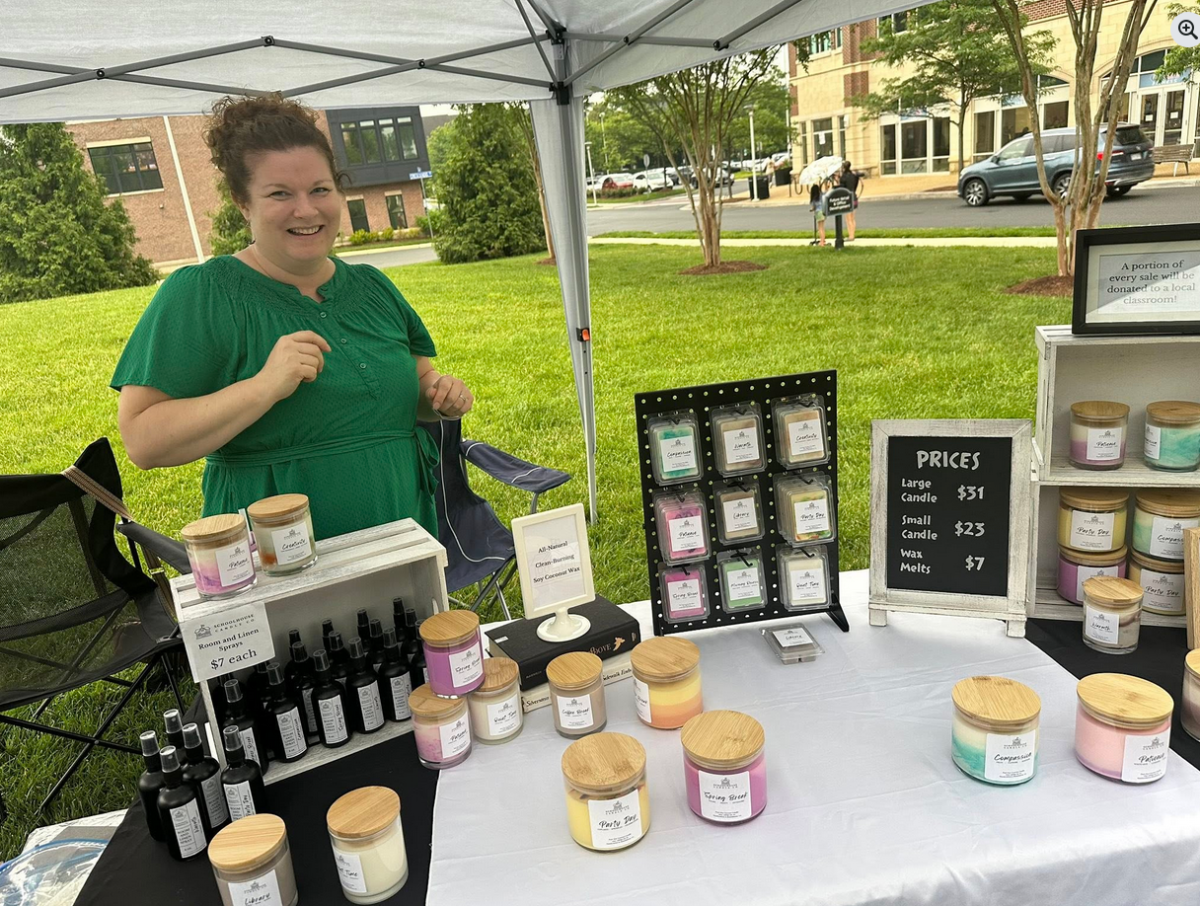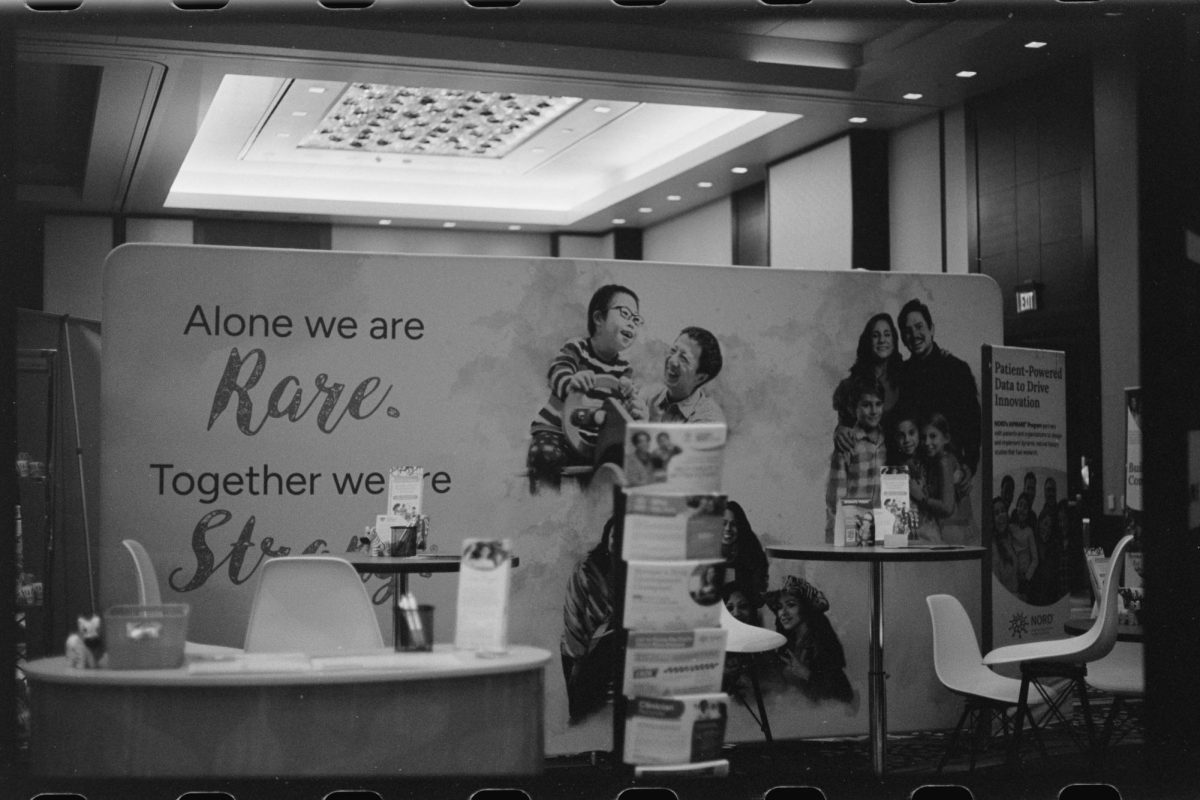Historically considered as male-dominated, the STEM field has received more popularity recently due to the recognition of more women who have pioneered the way for a diverse community of women nationwide and promoted encouragement through scientific engagement. More women have been highlighted for their intricate work and persistence in the revolutionizing of science, crushing the stigma that surrounds the history of the STEM field. This has led to the emergence of the term ‘women in STEM.’ From unveiling the structure of DNA to finding a cure for seemingly unpreventable illnesses despite minimum recognition, women have shared many complex discoveries that prove the scientific community is one anyone can enter.
Breaking gender stereotypes and transforming the birth of innovation nationwide, the accomplishments of these women are one of the main reasons we can coexist today with the help of technology.
1. Alice Ball (1892-1916)
Field: Chemistry
Born in Seattle, Washington, Alice Ball attended the University of Hawaii as the first woman and African American to graduate with a master’s degree. Ball also was the first female chemistry teacher at the University of Hawaii.
Ball acquired her bachelor’s degree in pharmaceutical chemistry at the University of Washington and then went on to obtain her master’s degree in chemistry from the University of Hawaii. During Ball’s completion of her research of the chemical makeup of Piper methysticum for her postgraduate, Dr. Harry T. Hollman reached out to her as he needed assistance in his research of chaulmoogra oil as a viable injection for leprosy patients. With an acidic taste, characterized by its excess stickiness as a topical, and known as an overly brash form of injection, chaulmoogra oil did not perform very well as a treatment for leprosy in its accessible forms. However, with a little innovation, Ball expanded upon the known principles of chaulmoogra oil and eventually formulated a process that made chaulmoogra oil easily absorbent and injectable. Known as the “Ball Method,” this form of chaulmoogra oil allowed 78 patients within her town to be released from the hospital after its introduction. Reaching 8,000 patients outside of her town, Ball’s work came as a medical breakthrough. Tragically, Alice Ball unexpectedly died at the age of 24 from an unknown cause, but she is now recognized every four years in Hawaii on February 29th.
2. Barbara McClintock (1902-1992)
Field: Genetics
As one of the most influential cytogeneticists, Barbara McClintock pioneered a pathway of extensive research regarding maize cytogenetics. In 1927, McClinktok graduated from Cornell University with her Ph.D. in botany and began her research career with the study of chromosomes. Noted for her development for “visualization of maize chromosomes”, McClinktok filtered through genetic research and explored chromosomal transportation information, highlighting the roles of the telomere and centromere. In her research about the transportation of genetic information, McClintock discovered transposition, which she used to support her theory that genes control the expression of physical characteristics. McClintock’s research superseded a vast majority of previous research about genetic information, categorizing her as a leader in her field. As she continued to publish her extensive findings on how genetic information is transferred and expressed, she was inducted into the National Academy of Sciences and she eventually won the Nobel Prize for Physiology or Medicine in 1983.
Field: Physics
Born into a Jewish family as the third of eight children, Lise Meitner was an early pioneer of nuclear fission. Specializing in radioactivity and nuclear physics, Meitner worked with a team of men, with whom she discovered nuclear fission. Meitner’s story is common for women in STEM; her work was overshadowed by the scientific community. As a woman, Lisa Meitner dealt with restrictions in numerous labs throughout her career, yet she is recognized as one of the greatest foremothers in atomic research. Meitner’s work with nuclear fission was dismissed by the Nobel committee, and the award was presented to her colleague, Otto Hahn.
In 1926, Lise Meitner began working as the first German woman professor of physics at the University of Berlin, and then transitioned to working with Otto Hahn, a colleague who was also a chemist, with whom she discovered several new isotopes stemming from her research on beta-radiation. She continued to take part in the Hahn-Meitner group during her time as an assistant for Max Planck, a German physicist, as the only female assistant he ever allowed in his lectures. Shortly after, she worked in the department of radiochemistry with Hahn, until the start of WWI, during which she worked as a nurse. Meitner discontinued her service in the medical field and continued her research with Hahn which led to the discovery of another isotope, protactinium. She researched the Auger effect, a spontaneous process in physics in which an atom with an electron vacancy in the innermost (K) shell readjusts itself to a more stable state by ejecting one or more electrons instead of radiating a single X-ray photon. he conducted this research as director of the department for chemistry at the Kaiser Institute. The rise of Nazi Germany prompted her to flee to the Netherlands with her colleagues. Through written correspondence with her fellow scientists, Meitner explored the element barium and the explanation behind Einstein’s equation of E = mc^2. Hahn and Strassman, Meitner’s colleagues, explored uranium fission following their identification of the element barium resulting in the publication of their research which was quickly interpreted by Meitner and her nephew, Otto Frisch. Determining their discovery as the concept of nuclear fission, Meitner-Frisch concluded their interpretation of Hahn-Strassman’s findings and published their first report. The combination of reports from Hahn-Strassman and Meitner-Frisch caused a groundbreaking shift in the scientific community, eventually leading to the observation from scientists that with extensive research regarding nuclear fission, explosives could be produced. Refusing to partake in the creation of a bomb, Meitner began to work at the University of Stockholm where she furthered her atomic research until her retirement.
4. Mary Jackson (1921-2005)
Field: Mathematics, Engineering
In addition to challenging the male-dominated realm of the engineering community, segregation shaped Mary Jackson’s experience as NASA’s first black female engineer. Jackson’s dive into science began at the Hampton Institute where she earned her bachelor’s degree in mathematics and physical science, which she then channeled into her career as a math teacher. In 1951, Jackson was recruited by NASA and began to work as a computer research mathematician. Two years later, she began working for Kazimierz Czarnecki, an engineer in the supersonic pressure tunnel. Shortly after, Czarnecki advised Jackson to become an engineer which would require her to take specific training to meet the requirements. Faced with the restriction of segregated schools, Jackson petitioned for allowance into her courses, which she completed shortly after and which allowed her to become the first black female engineer in 1958 at NASA. In addition to her distinguished position, Mary Jackson aided in 12 research reports for NASA and continued to pave the way for women and minorities interested in the STEM field, which she continued even after her retirement in 1985.
5. Asima Chatterjee (1917-2006)
Field: Chemistry
Asima Chatterjee was an Indian chemist who was “the first woman to receive a Doctor of Science credited by an Indian University.” Through extensive research, Asima Chatterjee published numerous papers on her observations and discoveries through her study of alkaloids, antimalarial drugs, and organic chemistry. After obtaining her master’s degree in organic chemistry in 1938 from the University of Calcutta, Chatterjee completed her doctoral program in 1944 from the same university. In 1940, Chatterjee joined the University of Calcutta as the head of the chemistry department and continued her in-depth research of synthetic organic chemistry. Following her promotion, in 1944 she became an honorary lecturer at the university. Not long after, she left India to complete more extensive research with notable professors such asL. Zechmeister. Three years later, Chatterjee began her research on alkaloids and coumarins. After several years of research, she accumulated many reports based on her findings on anti-malarial and chemotherapy drugs. Due to her notable achievements, she soon was the first woman elected as the General President of the Indian Science Congress. Within the same year, she was commemorated as Woman of the Year for her groundbreaking achievements in the STEM field.
Asima Chatterjee is one of many women who made revolutionary scientific discoveries during a time when women within the scientific field were rarely accepted. She received several awards in light of her significant contributions to the scientific community and serves as a reminder of the perseverance and honor of women throughout history.
Science, technology, engineering, and mathematics are all expected to have a surge in rapid innovative growth, but we must take the time to note the backbone of what makes the STEM field complete. The education gap that has gradually mended itself over time, is a large part of what makes women in STEM so important. For decades, the absence of women within STEM has been fueled by stereotypes and a plethora of outlandish expectations, but with more recognition and illumination to the women that have paved the way and that are paving new paths for women worldwide, women in STEM will gain their place as a more than a historical movement among textbooks.
“Science makes people reach selflessly for truth and objectivity; it teaches people to accept reality, with wonder and admiration, not to mention the deep awe and joy that the natural order of things brings to the true scientist.”
Lisa Meitner




